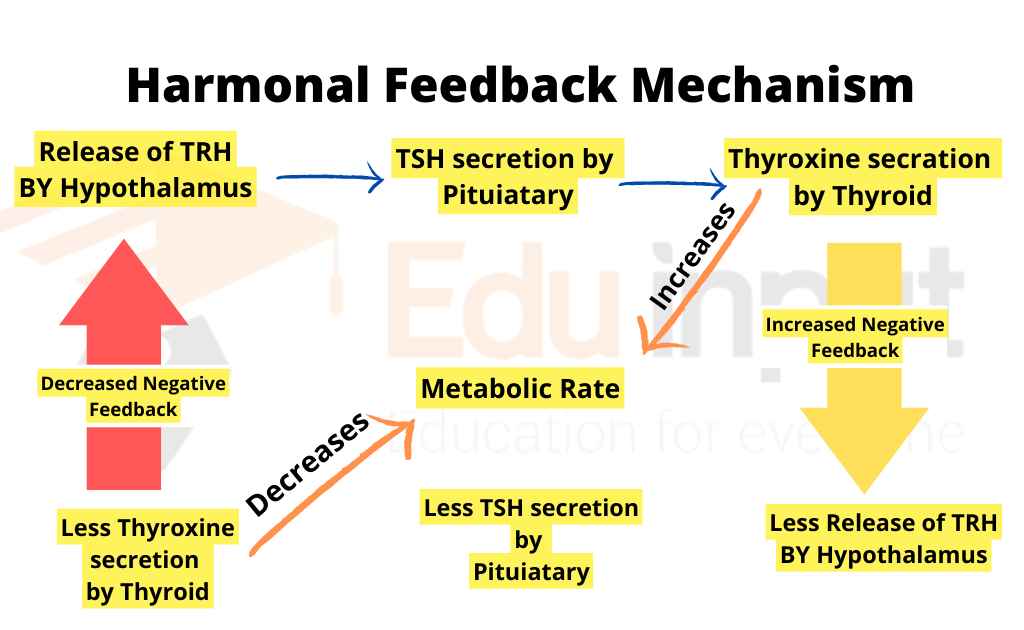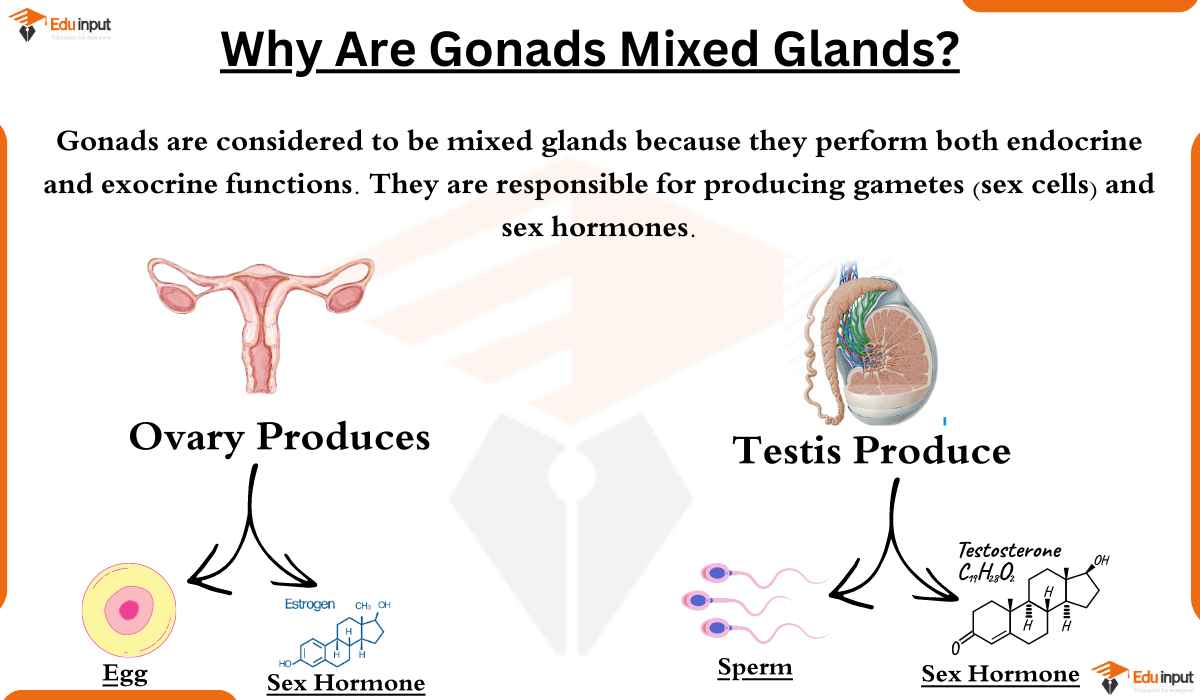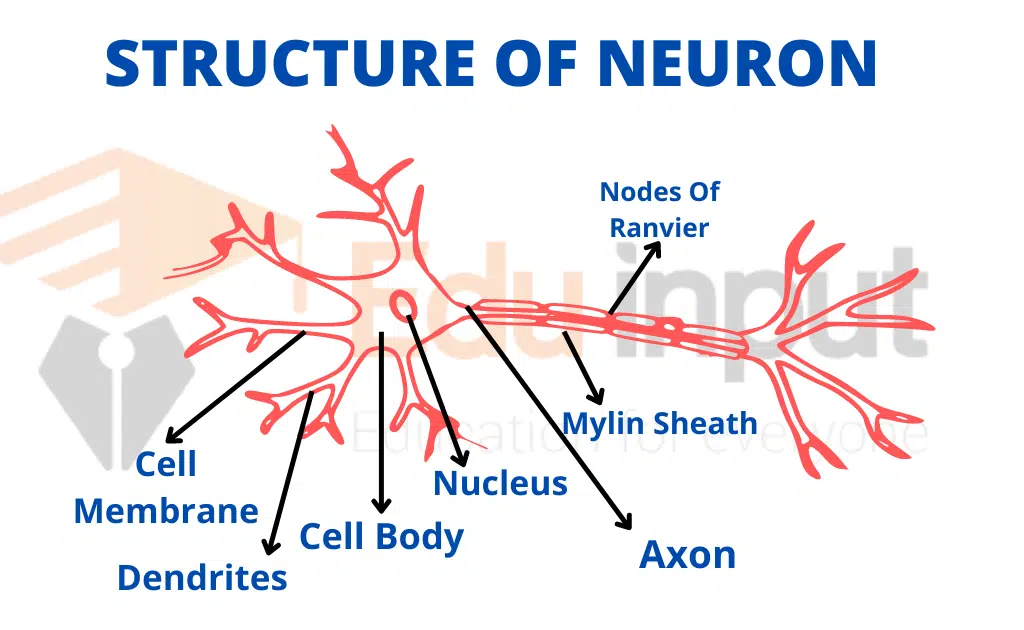Feedback Mechanism Of Hormones- Positive and Negative Feedback | Hormone Secretion Regulation
A system that is controlled by its product is called a feedback mechanism.
Hormones are always present in some amount in endocrine glands. But they are not secreted continuously. The glands secrete a specific amount of hormone to maintain homeostasis.
Hormones are like tiny traffic cops inside the cell, and they usually only step in when something is happening that they need to pay attention to. That means that they usually only show up at specific times, and then they go back to whatever they were doing before.
Hormones play a big role in our bodies by controlling many cell activities. But something needs to control the hormones themselves too.
What controls when these hormones show up and when they leave?
Most of the time, hormones are regulated by feedback mechanisms. A feedback control system examines the changes in the animal or the external environment. It sends information to a central control system. This control system makes adjustments.
Types of Feedback Mechanism of Hormones
There are two types of feedback.
Negative Feedback
A feedback system that counters the initiating stimulus is called a negative feedback system. It means it goes against the original stimulus. Negative feedback mechanisms are important because they help to regulate things that might otherwise become too extreme.
For example, the thyroid gland is regulated by a negative feedback mechanism. The hormone secreted by the hypothalamus stimulates the pituitary gland to release thyroid stimulating hormone.
In turn, the thyroid stimulating hormone triggers the thyroid gland to release its hormones. When the thyroid level increases, the hormones stop the secretion of TRH by the hypothalamus and the secretion of TSH by the pituitary gland by mechanism.

Positive Feedback:
The positive feedback system which reinforces or strengthens the initial stimulus is called positive feedback. Positive feedback systems cause instability and diseases. Therefore, it is very rare in living organisms.
Example of Feedback Mechanism of Hormone
Negative feedback monitors the number of hormones. It changes the cellular activity to maintain homeostasis. For example, a dog has a slow rate of chemical activity (metabolic rate) in the body cells.
- The hypothalamus responds to this slow rat. It releases more thyrotropin-releasing hormone (TRH).
- TRH stimulates the pituitary gland to secrete more thyrotropin, or thyroid-stimulating hormone (TSH).
- TSH stimulates the thyroid gland. It secretes thyroxine. Thyroxine increases the metabolic rate and restores homeostasis.
- On the other hand, if the metabolic rate speeds up, the hypothalamus releases less TRH. So the pituitary gland secretes less TSH. Thus the thyroid secretes less thyroxine. Therefore, the metabolic rate decreases once again and restores homeostasis.







Leave a Reply